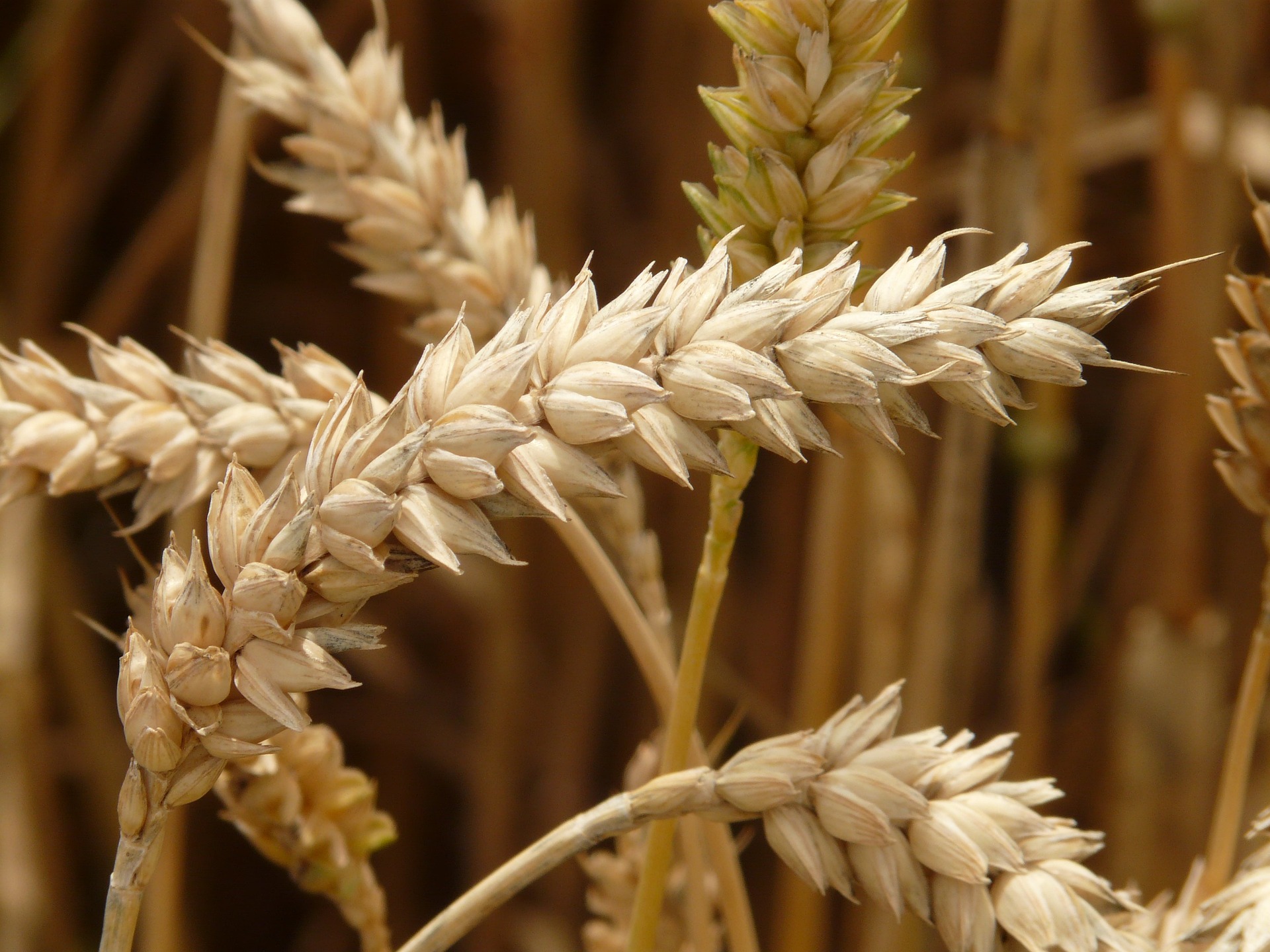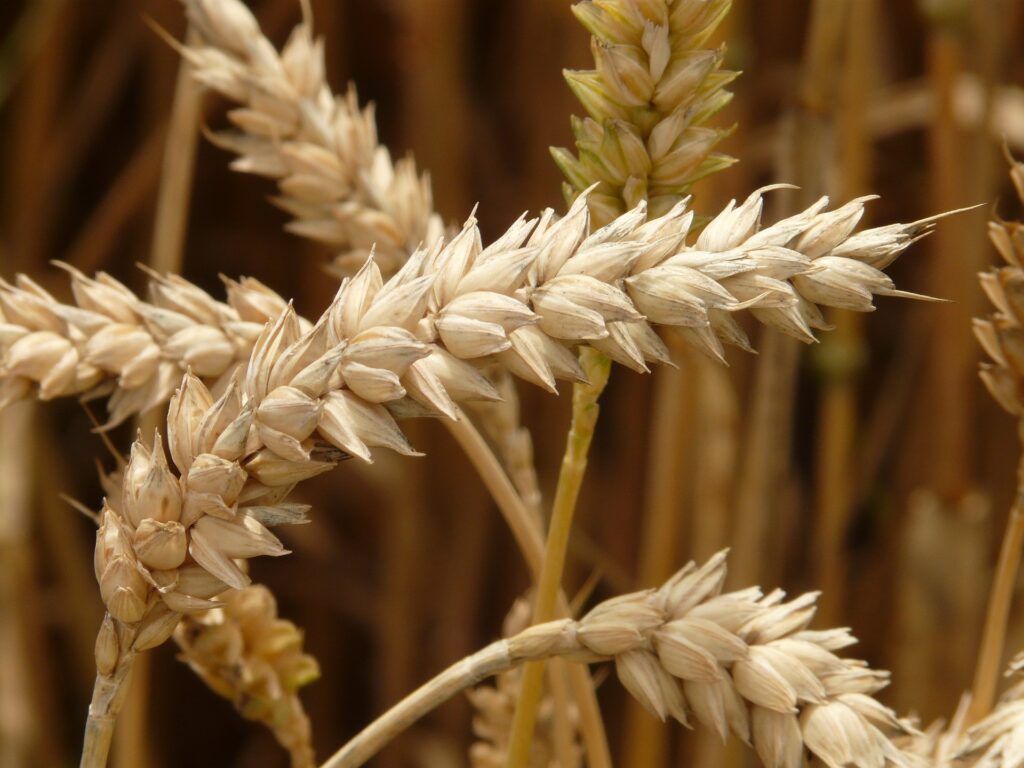
Image: Pixabay
Perspectives for the cereal market were discussed in a webinar promoted by Abitrigo.
As a way of updating the wheat chain on the cereal situation this year, the Brazilian Wheat Industry Association (Abitrigo) promoted, on March 16, the webinar Wheat 2023: Global Market Perspectives, with the presence of analysts and experts to explain how grain-related activities are shaping up at the current time.
{module Form RD}
The event addressed the global and national wheat scenario and was attended by the Executive President of Abitrigo, Rubens Barbosa, the Regional Director of US Wheat Associates, Miguel Galdós, the Commercial Head of Sodrugestvo, Douglas Araújo, the Deputy Executive Director from the Bolsa de Cereales, Ramiro Costa, and the analyst from the Safras & Mercado consultancy, Elcio Bento. “This is a challenging market, with many variables, which is why it is essential that we are aware of this global wheat panorama”, declares Rubens Barbosa.
Miguel Galdós initially established global estimates regarding the cereal. The latest projection from the United States Department of Agriculture (USDA) indicates that the 2022/23 wheat harvest will close at 788.9 million tons, while consumption will be around 793.2 million tons. The deficit of approximately 4.2 million tons of wheat is due to increased demand in Kazakhstan and India.
Regarding Canada, Galdós states that the country will have an increase of 10 million tons for export in the 2022/23 season. “Canada has had very good wheat production and it is believed that exports will be 25 million tonnes, with ending stocks slightly lower than in 2021/22.”
In the case of the USA, exports fell in the last two harvests and final stocks for the current season will be reduced, depending on domestic demand and the country's exports.
Situation in Argentina
Ramiro Costa pointed out that Argentina experienced a water shortage during the development of wheat and severe frost events, intensely impacting the results of the last harvest. “In critical periods for culture, the country dealt with a very significant water deficit, which affected this campaign. Furthermore, frosts in September, October and November compromised total production.”
The result of these climate actions was a harvest with 10 million tons less than the previous one, totaling 12.4 million tons in the 2022/23 season. The initial forecasts for this harvest, without considering the losses, were 20.5 million tons of cereal.
Following this logic, exports also experienced a reduction, according to the Deputy Director. The volume sold between December 2022 and January 2023 is 73% lower than the same period in the last harvest. Sales to Brazil in these two months fell 32% compared to 2021/22.
Asia and Europe
Douglas Araújo pointed out that Russian wheat remains competitive, and the expectation brought by the Institute for Agricultural Market Studies (IKAR) is that the next production will reach 86 million tons, if there is no interference from the weather. “One point that will change the dynamics of commercialization of the growing volume of Russian cereal in a few years will be the beginning of the operation of new ports, in conjunction with the country’s extensive railway network”, he details. The professional highlighted that Russia currently occupies second place in the ranking of the origins of wheat imported by Brazil
The next harvest in Ukraine remains undefined, according to Araújo, due to the reduction in planted area and productivity caused by the conflict with Russia. The issue of renewing the export agreement between these two countries does not impact Ukraine's trade at the moment, but this decision could have consequences for the next harvest.
In the rest of Europe, the 2022/23 harvest was marked by drought. “France was one of the most affected players, even losing in quality, which led it to renegotiate its contracts”, explains Douglas Araújo. Exports from the continent are expected to be in the range of 30 to 32 tons of wheat next season. The highlight of the new cereal harvest goes to Lithuania, which could be a new origin for importers.
Projections indicate that India will have a 5% greater volume of wheat production in the 2023/24 harvest compared to the previous season. However, the export ban remains in the country, which creates a scenario of uncertainty regarding foreign sales in this harvest year.
China, the largest cereal producer in the world, is still dependent on imports, considering the high volume of initial stocks being used to guarantee food security in the country. So far, the climate has been favorable for Chinese cultivation in the current harvest.
Regarding Australia, Araújo indicated that two large harvests were recorded in sequence on Australian soil, which enabled an increase in exports to other countries, mainly in Southeast Asia, which presents logistical advantages for the Australian wheat trade.
Scenario in Brazil
The current panorama in Brazil, according to Elcio Bento, is a record harvest (11.545 million tons, according to data from Safras & Mercado), with an increase in exports and a drop in imports, mainly caused by the drop in Argentine production. For the new 2023/24 harvest, the analyst highlighted the reduction in production costs and the increase in the wheat planted area.
“The production cost is much lower this year, attracting producers to grow the cereal. Brazil as a whole must invest more in wheat production, especially where soybeans are lagging behind, which pushes the planting of safrinha corn to a period that is unfavorable for this crop and favorable for wheat, which tends to occupy this space as a consequence”, details.
Furthermore, Elcio Bento highlighted the opportunities for Brazilian cereal in this harvest. “The diversity of demands for wheat, whether for milling and flour production, export, animal feed or ethanol production, can contribute to increasing the volume produced in the country”, he concludes.
Source: Notícias Agrícolas













